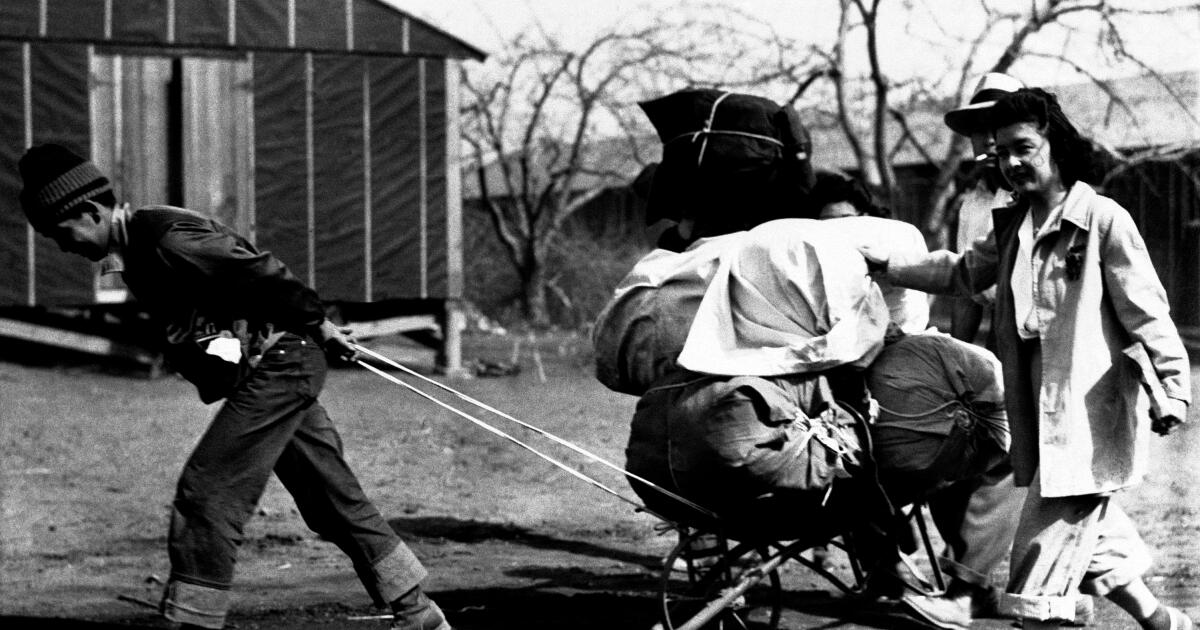
Before Pearl Harbor, L.A. was home to thriving Japanese communities. Here’s what they were like
LA TimesAn image provided by the Japanese American National Museum in Los Angeles shows the 1938 Nisei Week closing parade. Its fleet went to sea regularly and profitably; a Times headline from 1913 commented, “White men inferior to Japanese as fishermen.” A 1994 Times story described the community with the main street called “Tuna Street.” The Baptist church It was a company town, as Naomi Hirahara and Geraldine Knatz wrote in “Terminal Island: Lost Communities of Los Angeles Harbor,” but also, to some residents’ way of thinking, an “enchanted island.” How that idyll ended, I’ll get to presently. Japanese farmers on the Palos Verdes Peninsula formed a cooperative “to compete with larger growers,” according to Judith Gerber’s book “Farming in Torrance and the South Bay,” which also pointed out that most never returned from being incarcerated during World War II, and that was evidently “part of the reason farming lost its economic importance in the region.” The floricultural talents of Japanese gardeners were a status symbol — sometimes, as The Times wrote, on the assumption that the immigrant was made for the job, “in this case, the Japanese gardener, a humble servant whose mystical Eastern philosophy grants him a flair for plants and agriculture.” At one time, historians calculated, one Japanese American man in four was a gardener, and, as The Times noted, gardeners “became the cornerstone of the Japanese American community, establishing schools and churches.” Like many communities of color, the Japanese population here perforce had its own doctors, lawyers, teachers, dentists and other professionals; white institutions often wouldn’t serve nonwhite clients and patients. As its sign states, “Immigrant Japanese doctors prevailed in 1928 U.S. Supreme Court Case.” The Japanese Hospital on Fickett Street in Los Angeles on Dec. 1, 1929. “While Pearl Harbor upended Japanese American lives, it’s part of a long arc of discrimination,” Hayashi told me.
Discover Related









